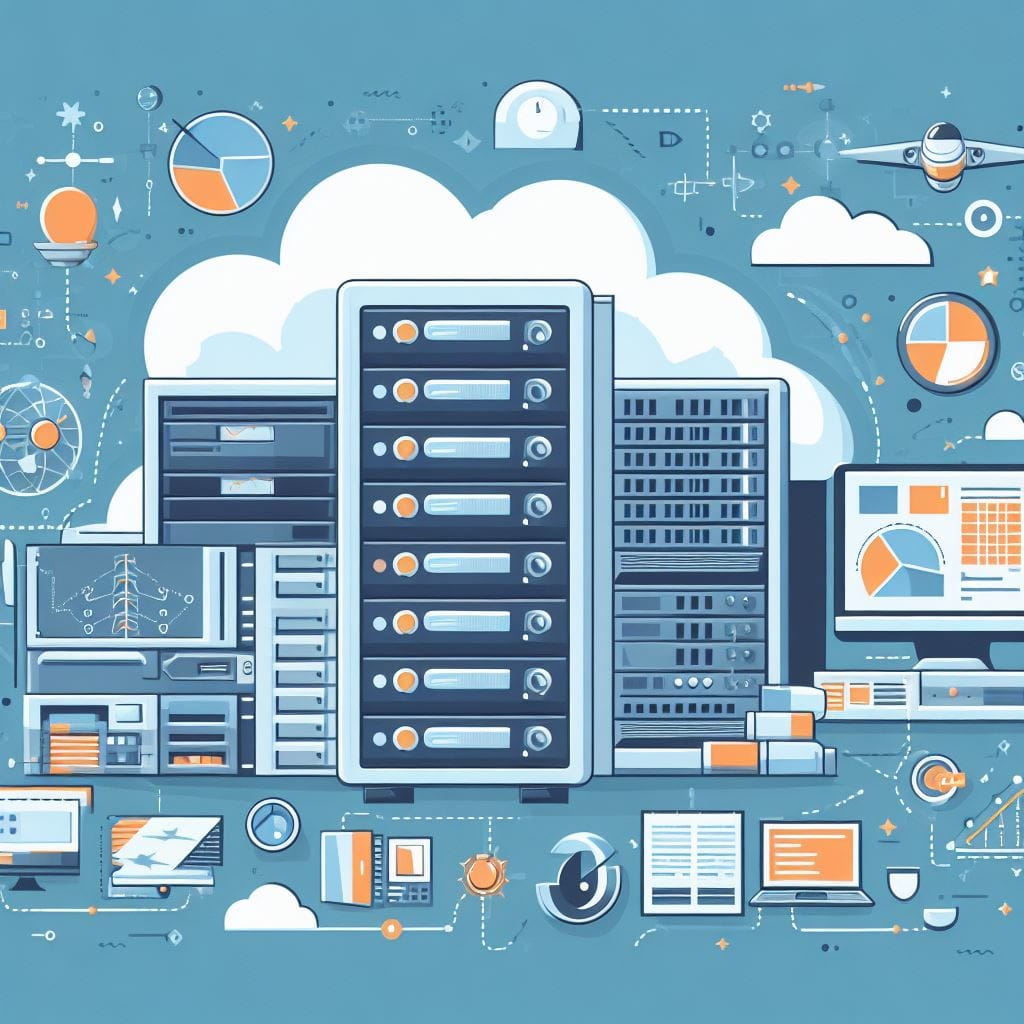The Importance of Headless CMS for Decoupled Content Management on Hosting

A Headless Content Management System (CMS) is a platform that allows you to create, manage, and distribute digital content without being tied to a specific frontend presentation layer. In a headless CMS, content is created and stored separately from its display, which offers several advantages, particularly when it comes to decoupled content management on hosting. Here's why a Headless CMS is important for decoupled content management on hosting:
- Flexibility and Agility:
- With a headless CMS, you're not restricted to a specific frontend technology. This means you can use any programming language or framework to build your website or application, giving you greater flexibility and agility in development.
- Multi-Channel Distribution:
- A decoupled setup allows you to deliver content to various channels (web, mobile apps, IoT devices, etc.) using APIs. This is crucial for modern applications that need to serve content to a wide range of devices and platforms.
- Performance Optimization:
- Decoupling the frontend from the backend can lead to improved performance. You can optimize both the frontend and backend independently, allowing for better resource allocation and load balancing.
- Scalability:
- Headless CMS architectures are often designed to be highly scalable. They can handle large amounts of content and traffic, making them suitable for high-traffic websites and applications.
- Security:
- By separating the content management system from the presentation layer, you can implement security measures specific to each layer. This helps protect sensitive data and ensures that any potential security breaches are isolated.
- Easier Content Reuse:
- Content created in a headless CMS can be easily repurposed across different platforms and channels. This is especially valuable for organizations that need to maintain consistency across various digital touchpoints.
- Reduced Vendor Lock-In:
- Decoupling content management from presentation reduces dependency on a specific CMS vendor. If you decide to change your frontend technology or hosting platform, you can do so without having to migrate your content.
- Future-Proofing:
- As technology evolves, new frontend frameworks and platforms emerge. With a headless CMS, you can adapt to these changes more easily, as the backend content management remains unaffected.
- Improved Developer Experience:
- Developers can work with technologies they are most comfortable with for frontend and backend development. This leads to a more efficient development process and potentially higher quality code.
- Content Preview and Drafting:
- Many headless CMS platforms provide features for content preview, version control, and drafting. This allows content creators to see how content will appear before publishing, helping maintain quality.
- Global Content Delivery:
- With the use of Content Delivery Networks (CDNs) and APIs, a headless CMS can efficiently deliver content to a global audience, reducing latency and ensuring a smooth user experience worldwide.
In summary, a Headless CMS provides a powerful framework for decoupled content management on hosting by offering flexibility, scalability, security, and the ability to adapt to evolving technologies. This approach is particularly valuable for organizations that require a dynamic and multi-channel content delivery strategy.



